Photographers often develop an intuitive connection with whichever focal length enables them to frame the world in a way that reflects their creative vision. Some prefer the traditional 50mm prime, while others favour lenses that give a somewhat wider field of view.
In truth, a single lens can’t be expected to deliver the best shot in every situation. The Nikon TW20 (also known as the Tele Touch 300) offers the promise of the best of both worlds. A 35mm f/3.8 lens emerges when the lens cover is slid back. Press a button on the top of the camera and the lens extends to become a 55mm f/5.7.
The Nikon TW20 feels quite different in use to a zoom compact since it presents a simple binary choice; there’s no temptation to faff about fine-tuning what’s in the frame by zooming in and out. It’s usually apparent which of the two lenses will work best in a given situation. The difference between their focal lengths (a magnificent factor of nearly 1.6) becomes very evident in practice, and the change between the two is quite abrupt without any gradual narrowing or widening of the field of view – the camera sort of ‘snaps’ from one lens to the other.
Its flash suppression feature is hassle-free. You simply press a small button on the front of the camera until you’ve fired the shutter. There’s no LCD display, just a numerical frame counter like the one you’d find on, say, a manual SLR. The shutter and auto film advance discreetly operate with an unobtrusive click and whirr.
Are there any downsides? Nothing of any significance. It can feel like sliding the cover shut will jam the lens before it has a chance to retract, but you soon get used to applying the slight nudge required to send the lens back to base before fully sliding the cover to its closed position. The Nikon TW20 is also quite large (as compacts go) but, then again, a camera is either pocketable (this one is) or it’s not.
So, on to the five frames, all of which were taken in Launceston, UK; a busy small town, once the capital of Cornwall, set in a verdant landscape shaped by sheep and cattle farming. Everything’s within a short stroll; its architecturally mixed though quite harmonious centre, ancient churches, one or two grand Georgian townhouses and a castle ruin. I hope the five frames convey something of its sense of place in winter. The first three were taken with the 35mm lens and the last two with the 55mm.
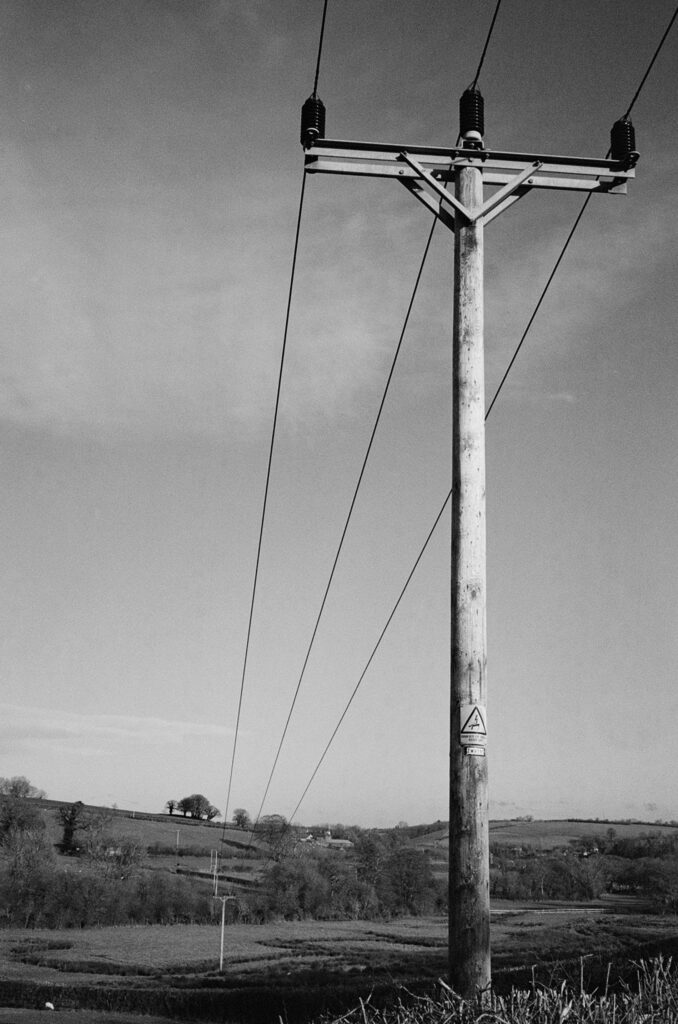
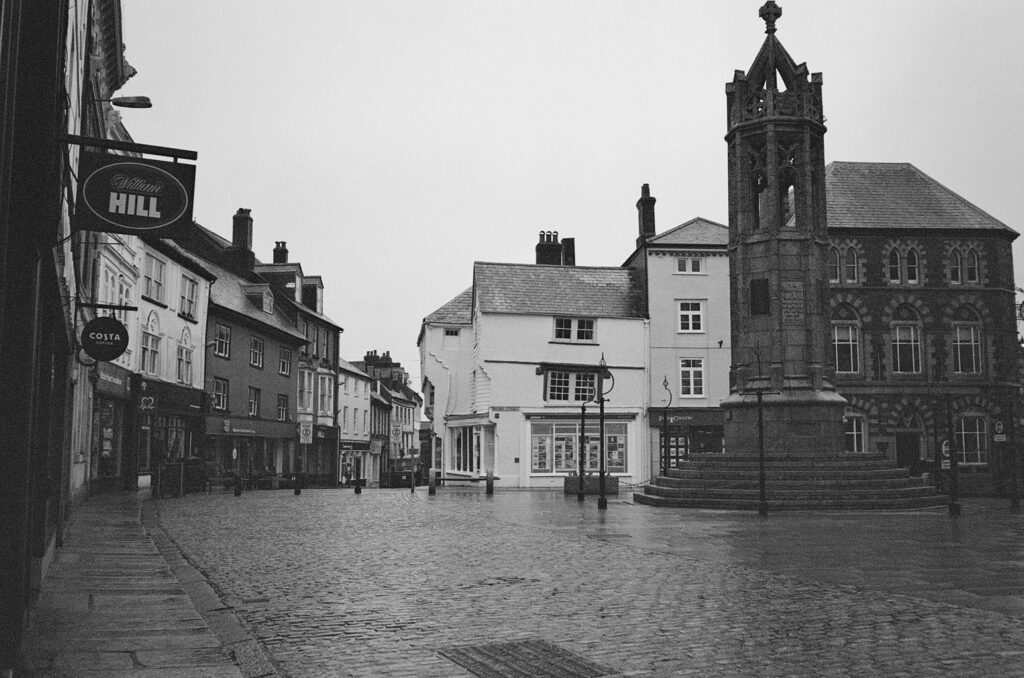
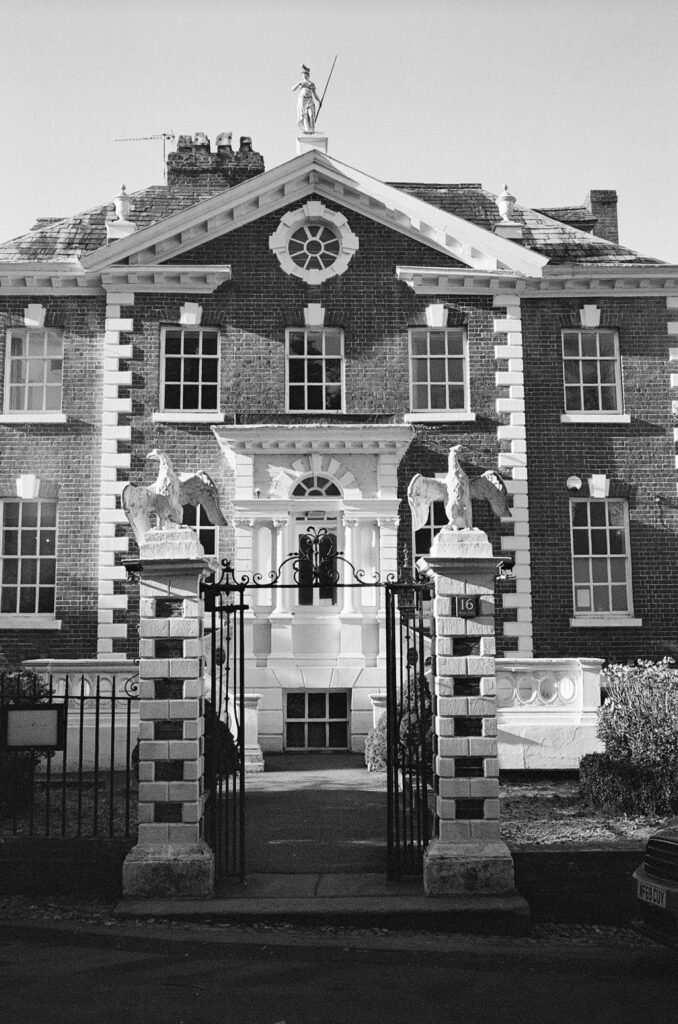
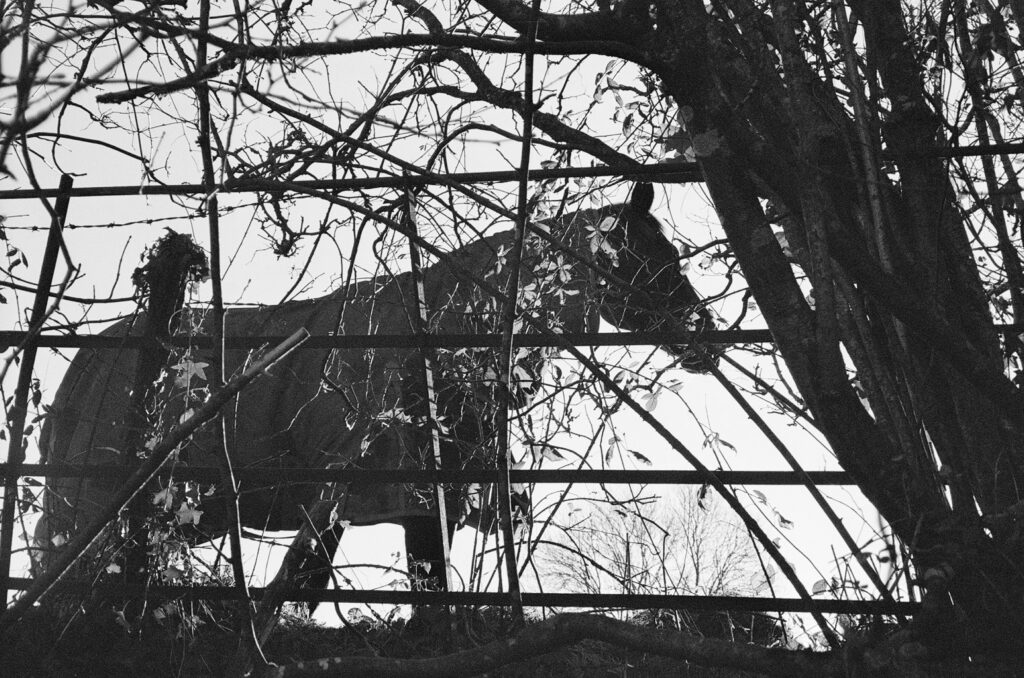
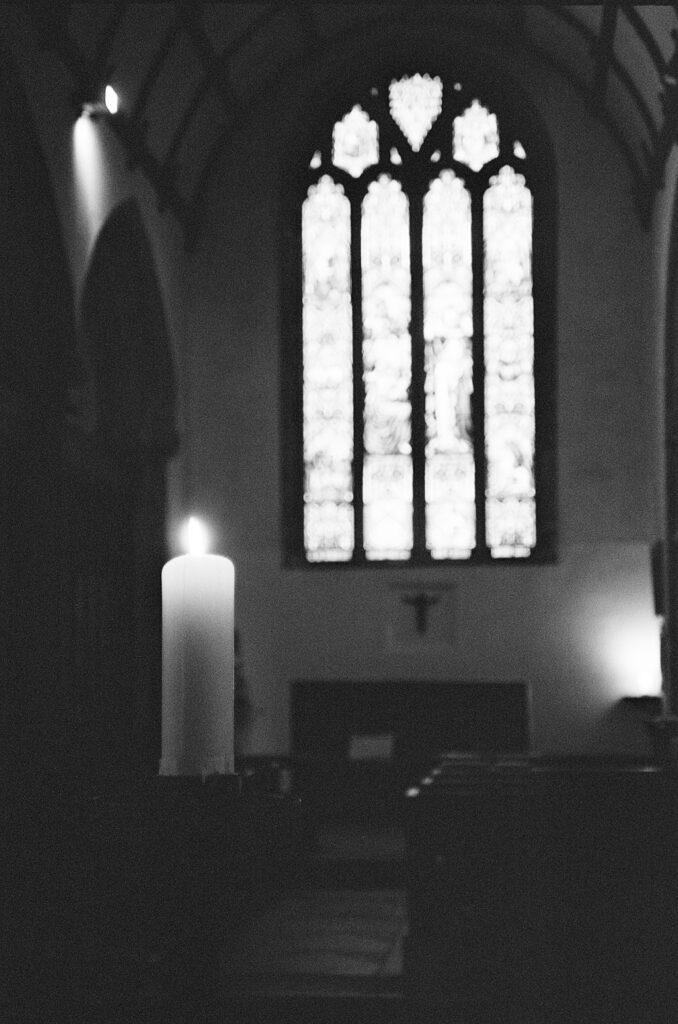
Each lens provided its own distinct perspective (for example, the fourth frame could only have been taken with the 55mm as it wasn’t possible to get any closer to the subject) and there’s no discernible difference in their (very respectable) sharpness. The five frames were shot on Ilford XP2 Super 400. I held a Cokin A 198 graduated filter over both the lens and exposure window for frame one and took the last frame without the flash.
All in all, the Nikon TW20 is a pleasure to use and neither constrains you with a single focal length nor distracts you with a profusion of framing options. It’s well worth snapping one up.
Share this post:
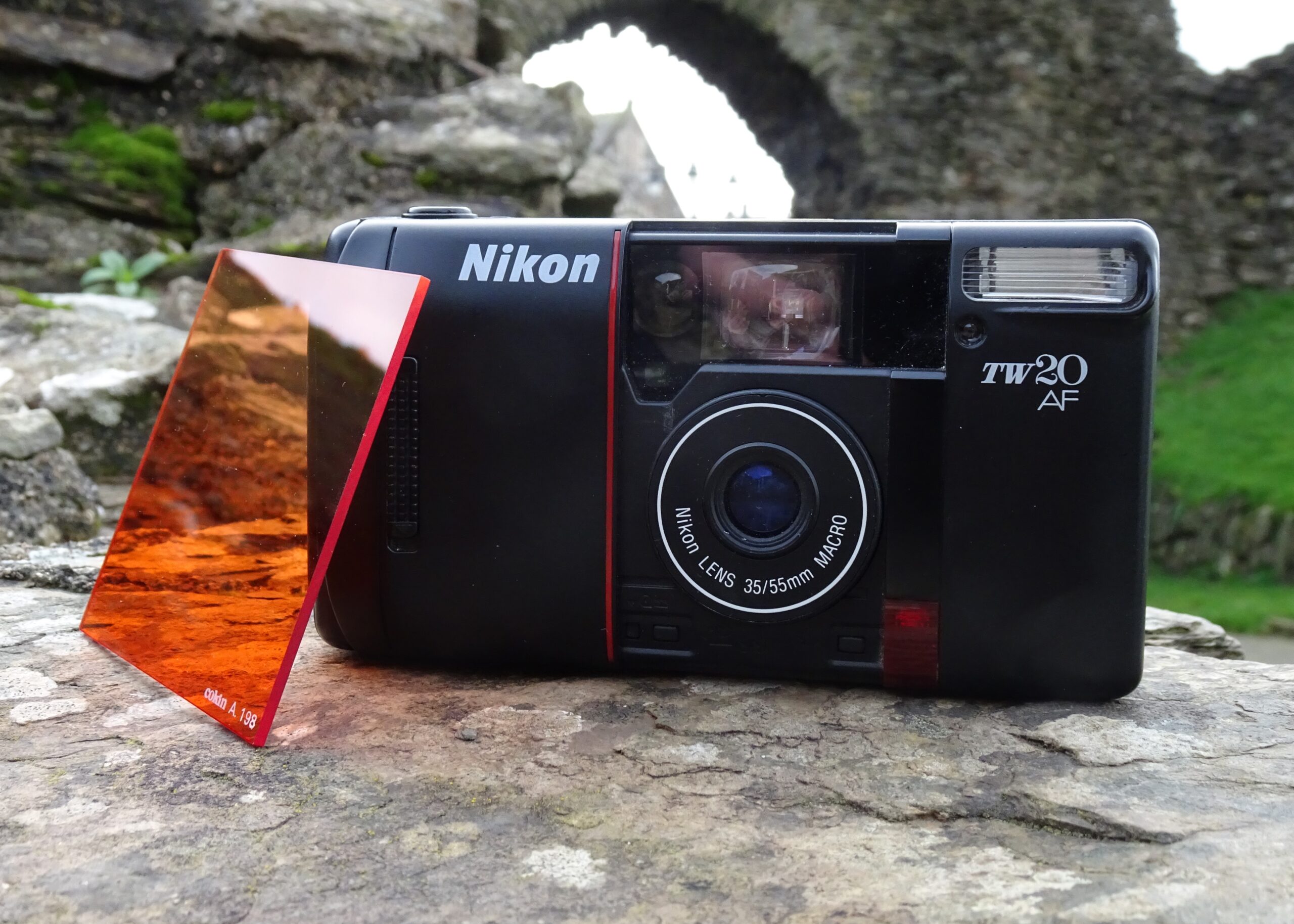
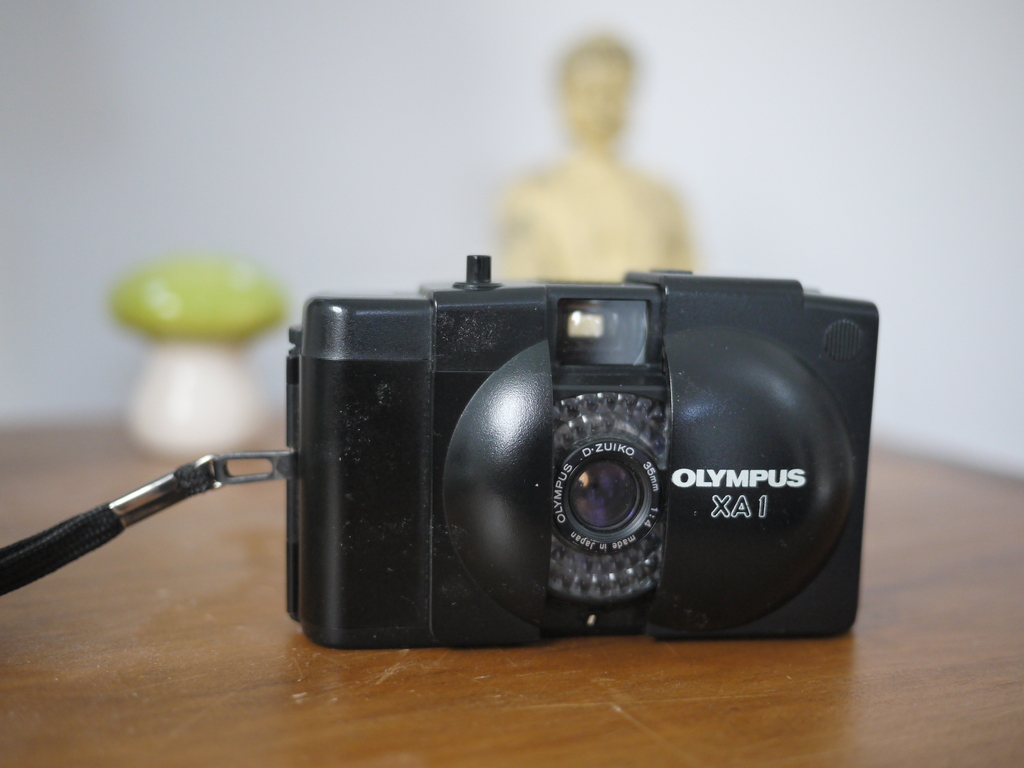
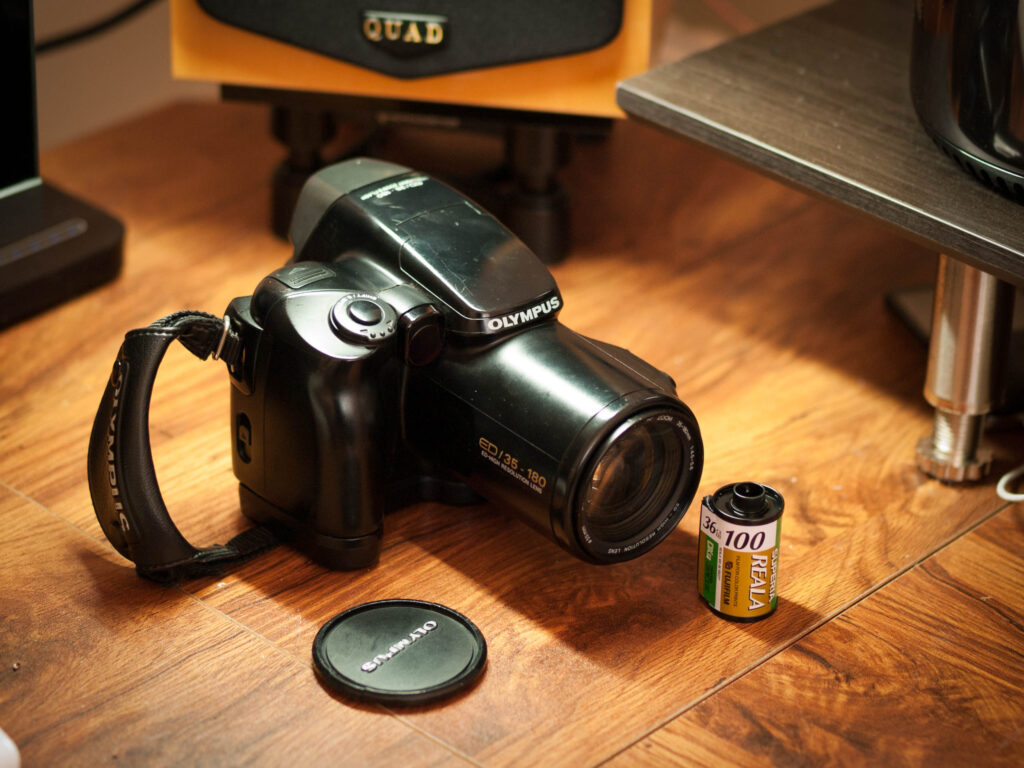
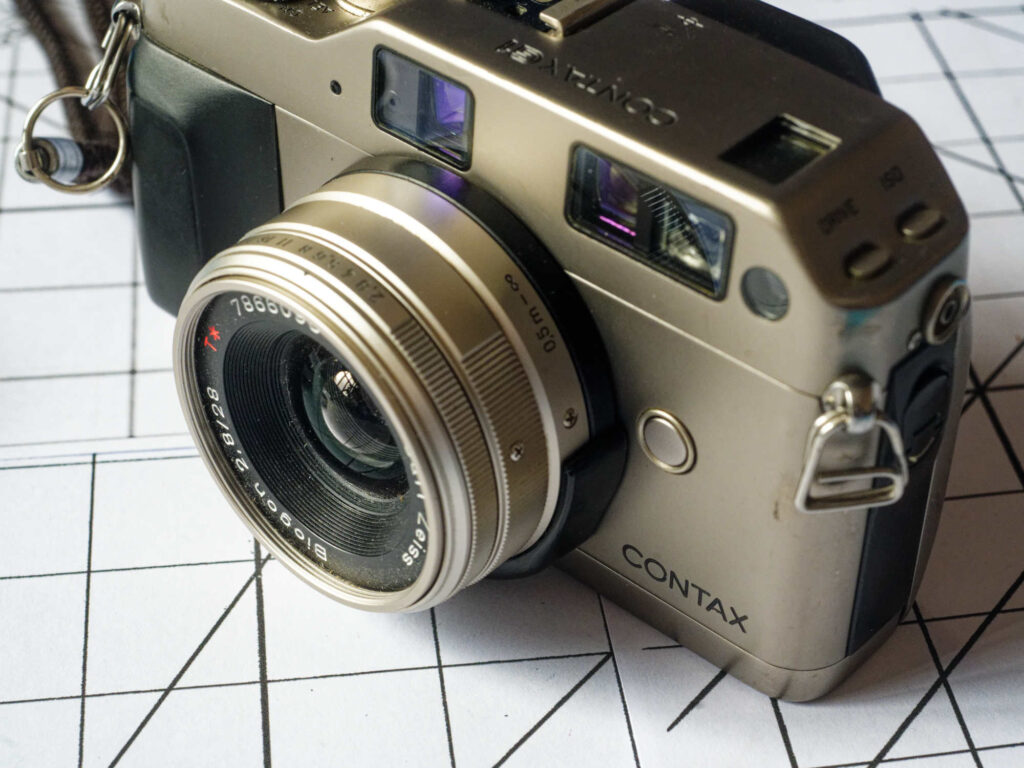
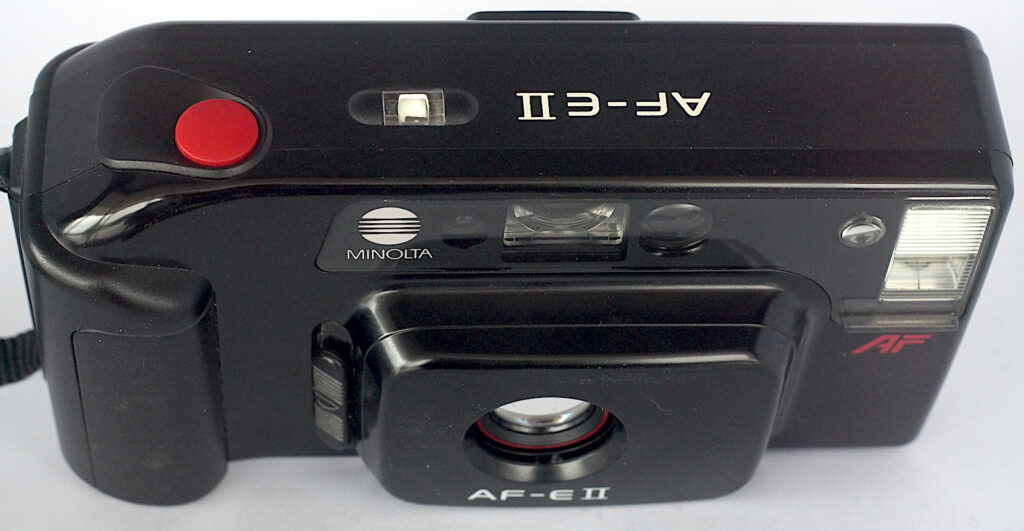




Comments
Paul Quellin on Nikon TW20 5 Frame Review – Two lenses; two perspectives
Comment posted: 10/04/2024
Comment posted: 10/04/2024
Keith Beven on Nikon TW20 5 Frame Review – Two lenses; two perspectives
Comment posted: 10/04/2024
Comment posted: 10/04/2024
Gary Smith on Nikon TW20 5 Frame Review – Two lenses; two perspectives
Comment posted: 10/04/2024
Comment posted: 10/04/2024